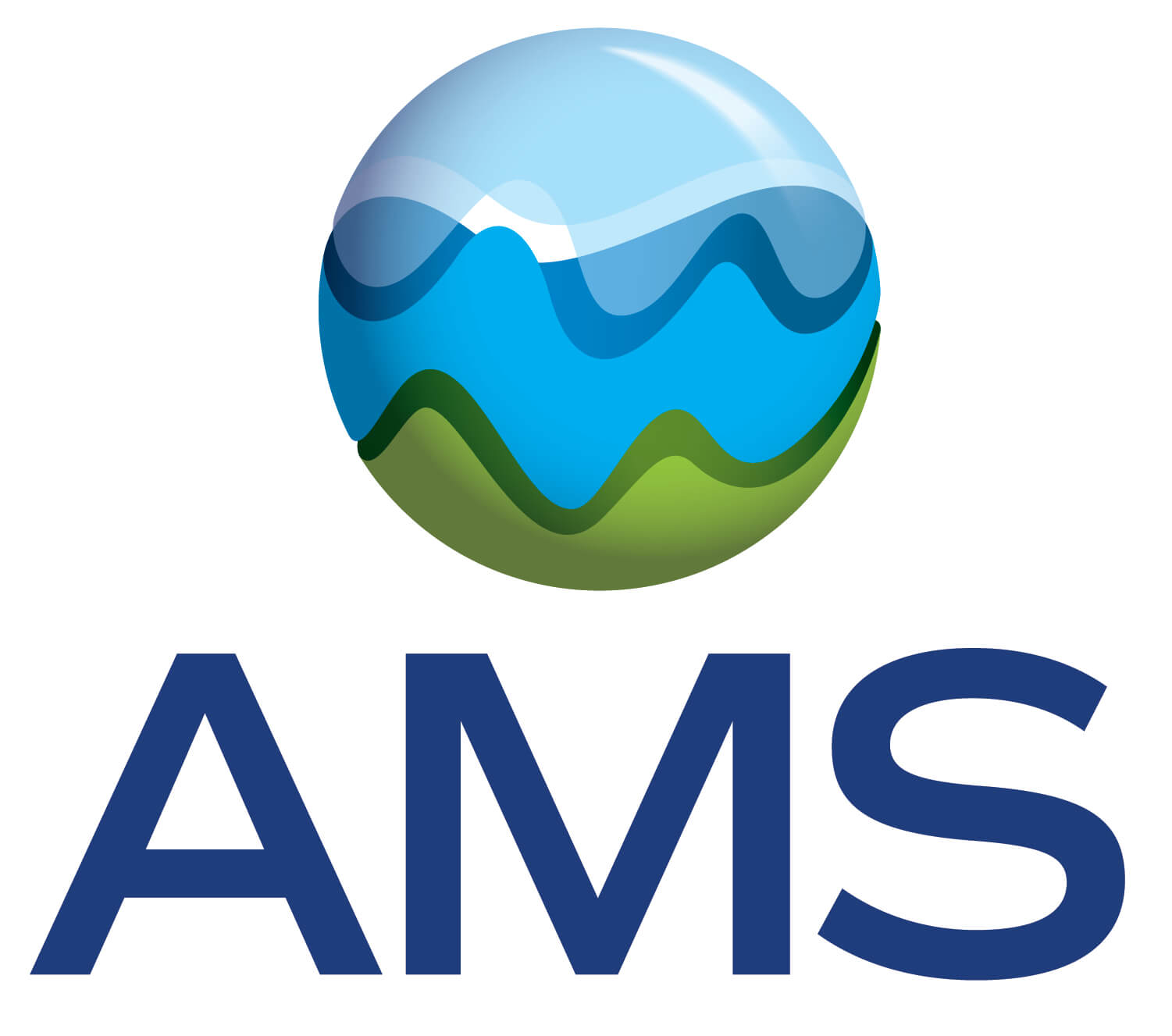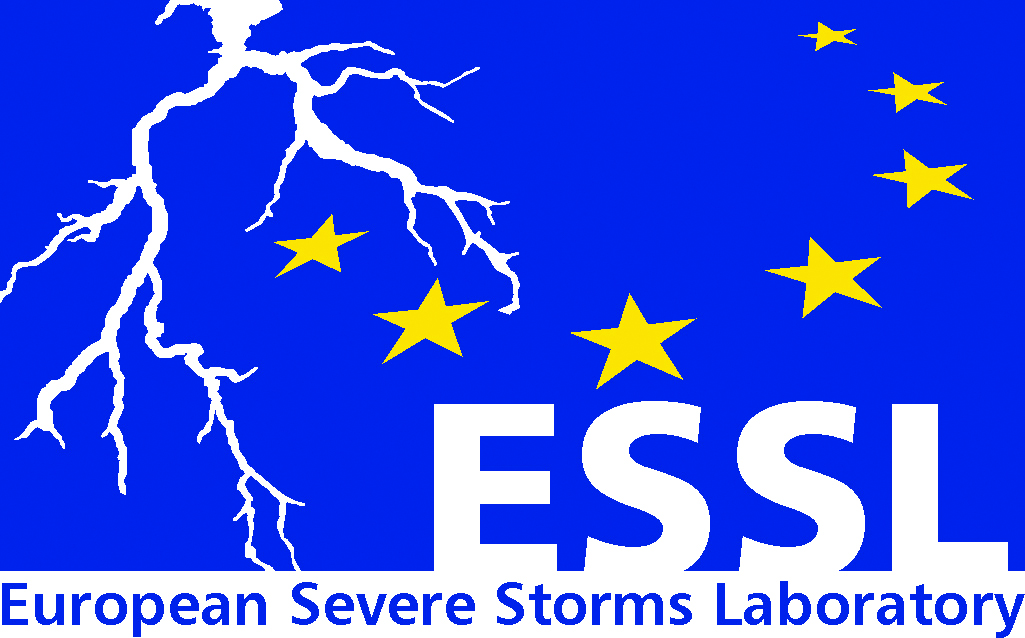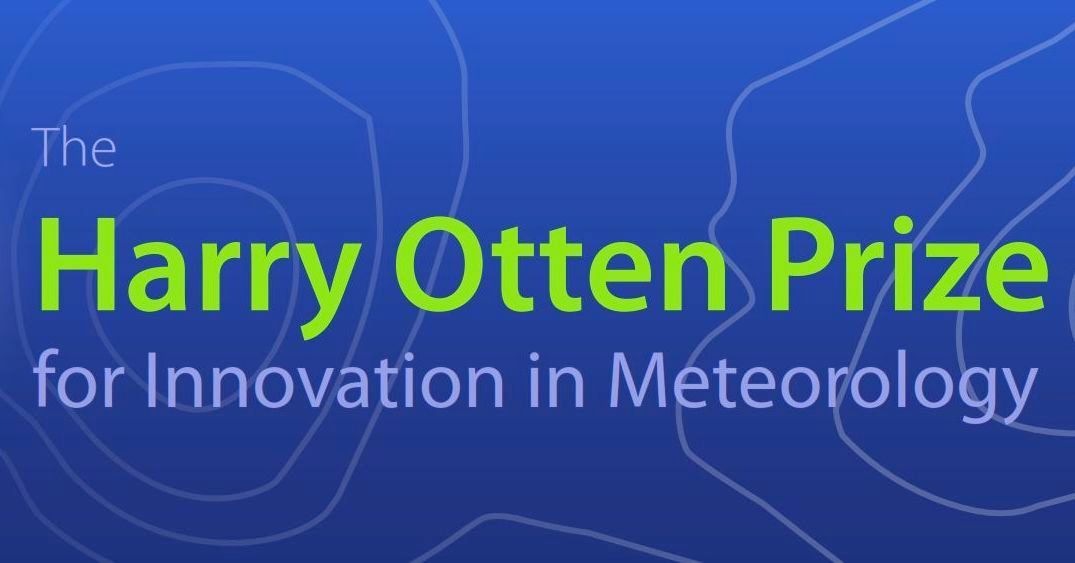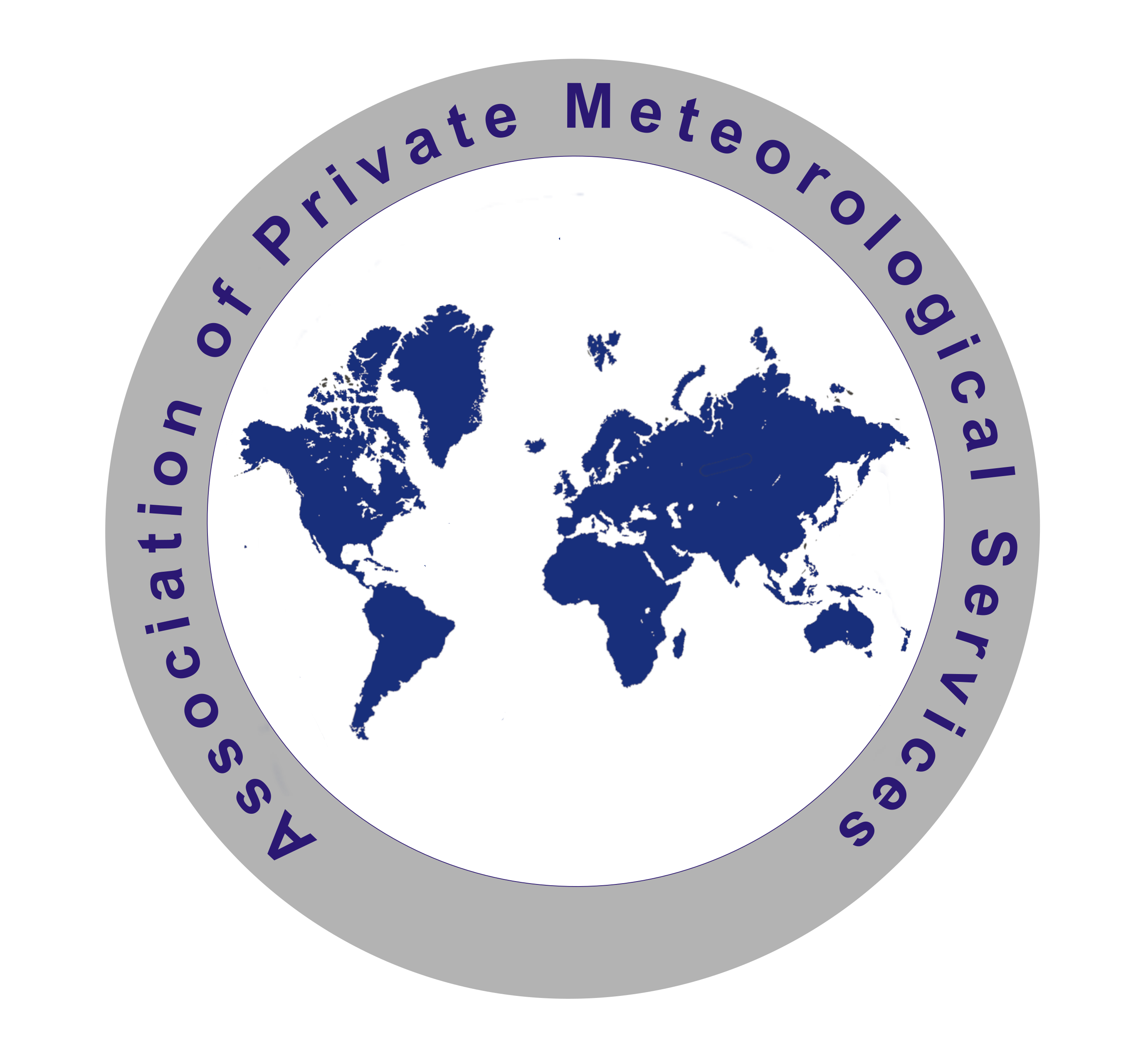Mid-latitude atmospheric teleconnection dynamics
This session aims at gathering studies on both empirical and modelling approaches, dealing with a dynamical characterization of mid-latitude atmospheric teleconnections. It invites contributions using observational datasets; coupled and uncoupled (atmosphere-only) GCM simulations; pre-industrial, present, and future climate conditions; idealised sensitivity experiments; or theoretical models.
Keynote talk:
TBD - ""
From the tropics...
09:00–09:15
|
EMS2024-133
|
Onsite presentation
09:15–09:30
|
EMS2024-789
|
Onsite presentation
09:30–09:45
|
EMS2024-119
|
Onsite presentation
10:00–10:15
|
EMS2024-788
|
Onsite presentation
10:15–10:30
|
EMS2024-855
|
Onsite presentation
Interdecadal Changes in the Boreal Summer Tropical-Extratropical Teleconnections Occurred Around Mid-to-late 1990s
(withdrawn after no-show)
Coffee break
In the extratropics...
11:00–11:15
|
EMS2024-94
|
Onsite presentation
11:15–11:30
|
EMS2024-865
|
Onsite presentation
11:30–11:45
|
EMS2024-558
|
Onsite presentation
11:45–12:00
|
EMS2024-545
|
Onsite presentation
12:00–12:15
|
EMS2024-595
|
Onsite presentation
12:15–12:30
|
EMS2024-808
|
Onsite presentation
12:30–12:45
|
EMS2024-526
|
Onsite presentation
12:45–13:00
|
EMS2024-1069
|
Onsite presentation















